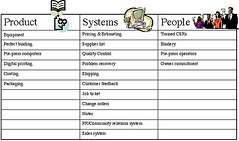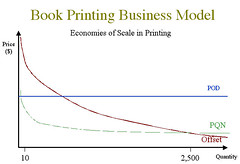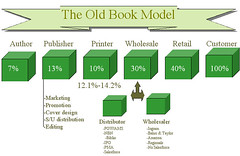Children's books
A world of wonder
Dec 9th 2004
From The Economist print edition
The pick of the crop
Six- to ten-year-olds
Two new editions of classic books head the list for children at the younger end of this age range. Naomi Lewis has produced an excellent new selection from the “Tales of Hans Christian Andersen” (Candlewick Press, $22.99 and Walker Books, £14.99). All the favourites are here, from “Thumbelina” to “The Little Mermaid” and “The Emperor's New Clothes”, along with lesser known stories, such as “The Flying Trunk”. Joel Stewart's illustrations bring out the many moods in Andersen's stories—their darkness, their vertigo-inducing strangeness, their wild flights of humour.
From the same publishers comes Martin Jenkins's sensitive abridgement of Jonathan Swift's “Gulliver” (Walker Books, £14.99; to be published in America by Candlewick Press in March). The illustrations of Chris Riddell, formerly with The Economist, show his characteristic flights of fancy.
Admirers of Philip Pullman for his “Dark Materials” trilogy will be pleased to discover that he is no less adept at writing fantasy for younger children. “The Scarecrow and His Servant” (Doubleday, £10.99; to be published in America by Knopf next August) has familiar elements of plot and characterisation, from the perky and comical scarecrow himself to the serendipitous journey he takes in the company of a small, hungry boy called Jack. Yet the familiar is transformed by the engaging and unpredictable way in which the story unfolds. Sheer delight.
“Magical Children” (Dolphin Paperbacks, £7.99) brings together three short novels by Sally Gardner about children who have magical gifts—the strongest girl in the world, a boy who can fly and another who just happens to be invisible. Ms Gardner's strength lies in her ability to combine the extraordinary with the utterly unexceptional.
“Christopher Mouse: The Tale of a Small Traveller” (Bloomsbury, $15.95 and £9.99) is a wonderful first novel by William Wise for readers with growing confidence. It is about the adventures of a mouse who moves from family to family and—after much travel and heartache—finds a happy home. The delight of this book is in the deft humour of the first-person storytelling.
Two novels not to be missed at the upper end of the age range are Linda Newbery's “At the Firefly Gate” (Orion, £7.99) and Shannon Hale's “Enna Burning” (Bloomsbury, $17.95 and £12.99). The first is about an unconfident urban boy, newly displaced to rural Suffolk, who makes strangely magical links across the generations. The second is an historical fantasy which circles around the mysteries of fire.
Eleven and above
Children's fiction for this age group has long been dominated by fantasy published in series. This season two authors with an excellent record have new titles to their name. Herbie Brennan adds to his “Faerie Wars” series with a new book, “The Purple Emperor” (Bloomsbury, $17.95 and £12.99). In it, a son has the unenviable task of following in the footsteps of a father who has returned from the grave. Mr Brennan's manner is both brisk and amusing.
Paul Stewart and Chris Riddell have again collaborated on the latest novel—the seventh—in the “Edge Chronicles” series. “Freeglader” (Doubleday, £12.99) is set in foot-slogging, mist-choked Tolkien/Pratchett country. A young knight-librarian, Rook Barkwater, inches his way through peril, meeting ferocious birds, treacherous blowholes and bogs, and much else to keep him on his mettle.
Ursula Le Guin is a distinguished author of fantasies for older children. Her new novel, “Gifts” (Harcourt, $17 and Orion, £10.99), feels rooted in the folk tales of some distant, mythic tribe. The intricate plot is plainly yet absorbingly written.
Frank Cottrell Boyce has written a delightful and quirky thriller, set in Ireland just before the introduction of the euro. “Millions” (HarperCollins, $15.99 and Macmillan, £5.99) is quite unlike anything else recently written for this age group. The narrator, Anthony Cunningham of Year Six, has a direct and beguiling voice: funny, odd and compulsively readable. This is a story about money—how it arrives out of the blue, and how it needs to be to spent, fast.
More poignant and inward-looking is “Private Peaceful” (Scholastic, $16.95 and Collins, £5.99), a novel by Michael Morpurgo, Britain's children's laureate. A young private, trapped in the trenches during the first world war, reflects upon his peaceful rural childhood. The closer danger creeps, the more he faces backwards into the past to retrieve some sense of inner tranquillity.




